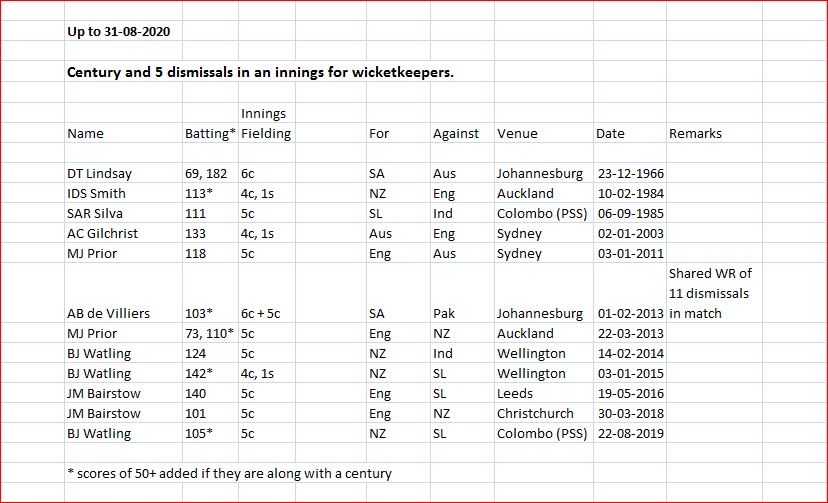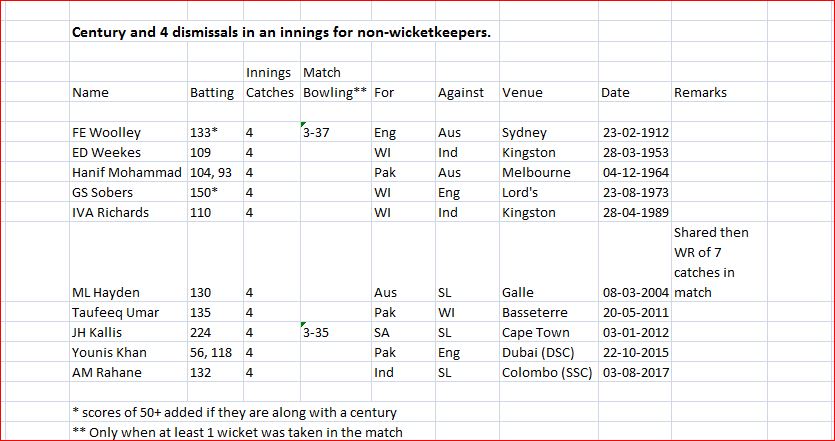Here we take up the cases where someone was not the nominated keeper in a Test, took over when the nominated keeper was unfit or unavailable and took one or more catch or stumping while doing so.
Catches as keeper while not nominated keeper:

These are all the 38 players who took at least 1 catch in their careers.
The number of Tests here are those when they were not nominated keepers. Some, notably de Villiers and Bairstow in recent years, have been nominated keepers in some Tests. These are not included in the above table.
Stumpings while not nominated keeper:

Similarly, these are the 15 players who have taken at least 1 stumping in their career as a non-keeper.
These lists overlap. It is better to consolidate them into a single list.
Consolidated list of players who have taken at least one catch as keeper and/or one stumping in Tests where they were not nominated keepers:


Among these 43 players, AB de Villiers has the most catches and most dismissals (12 each) followed by KC Sangakarra and TWM Latham (7 each).
The most stumpings are 2 by Tillakaratne, M Wasim and Christiani.
This also lists the total number of dismissals (as a fielder) in these Tests. The highest is 133 by de Villiers followed by 96 by Collingwood with a few others in the 90s.
Although it is not mentioned here, de Villiers played another 24 Tests as nominated keeper and took a further 89 catches and 5 stumpings there. Similarly, Collingwood never played any Test as a nominated keeper, so his career total of catches is 96 as shown above. Sangakkara played a further 48 Tests as nominated keeper and took 124 catches and 20 stumpings, to give him a total of 202 dismissals.
From the first two tables above, we can see that the most dismissals in a match by these keepers is 5 by Imrul Kayes, followed by 4 for several others. The case of Majid Khan’s 4 catches is particularly interesting, and deserves a separate post.
But this is not the end of the story. There are also players who were not in the playing eleven and substituted for the wicketkeeper. Details of their performance are hard to find. However, stumpings by a substitute are rare and are covered here:













